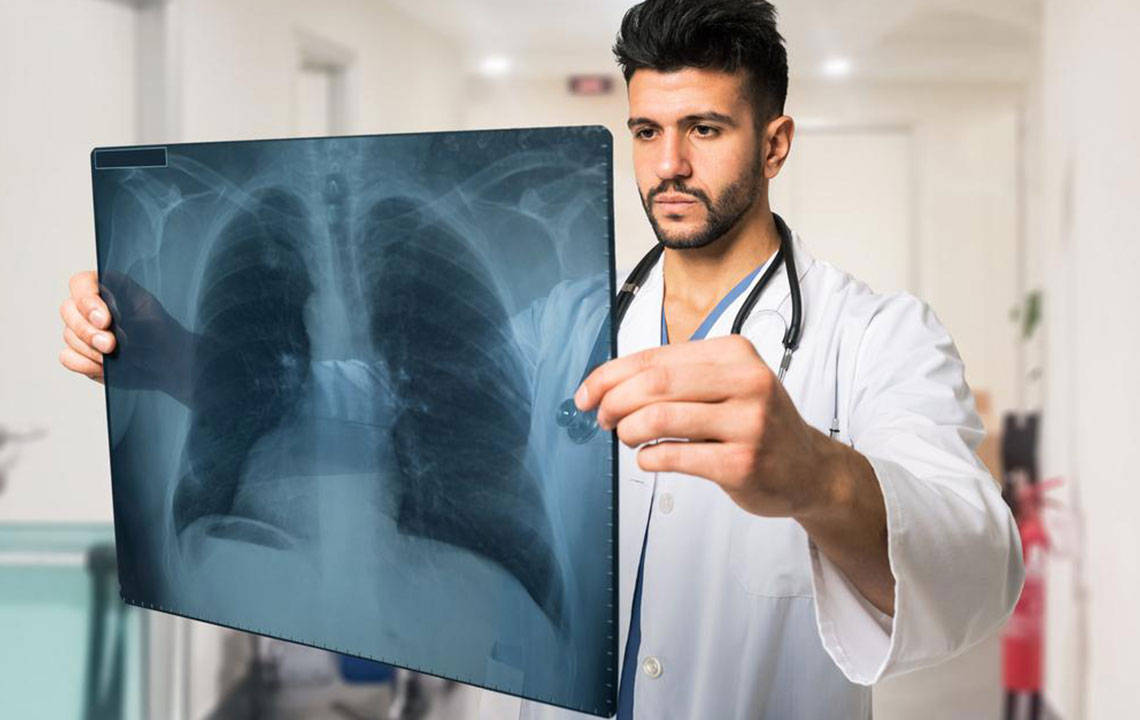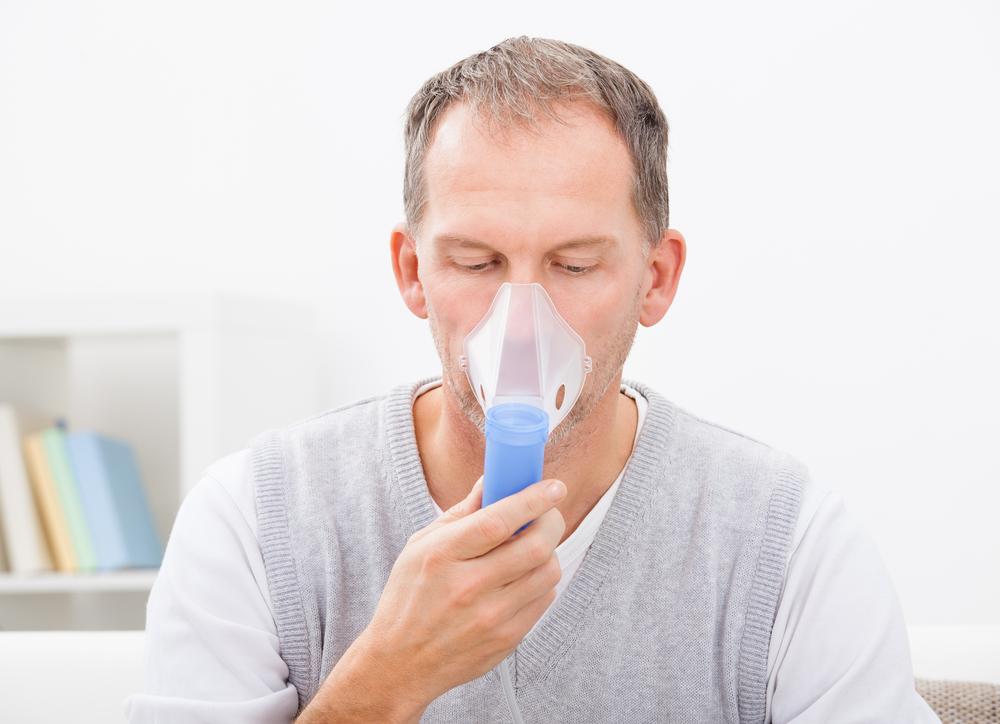In-Depth Guide to Pulmonary Fibrosis: Causes, Symptoms, and Treatment Options
Pulmonary fibrosis is a serious long-term lung disease characterized by scarring of lung tissue, which impairs breathing and oxygen exchange. This comprehensive guide covers causes, symptoms, diagnosis, current treatments like pirfenidone and nintedanib, and promising research that offers hope for future cures. Early detection and a multidisciplinary approach are essential for managing the disease effectively while ongoing research continues to improve treatment options and patient quality of life.

In-Depth Guide to Pulmonary Fibrosis: Causes, Symptoms, and Treatment Options
Pulmonary fibrosis is a complex and chronic lung condition characterized by the gradual scarring and thickening of the lung tissue. This scarring hampers the lungs' ability to expand and contract properly, significantly impairing oxygen transfer to the bloodstream. Despite extensive research, the exact cause of pulmonary fibrosis often remains unknown, leading to its classification as idiopathic pulmonary fibrosis (IPF). Understanding this disease's nuances involves exploring its causes, symptoms, diagnosis, and current treatment options, as well as ongoing research that offers hope for future cures.
**Understanding Pulmonary Fibrosis:**
Pulmonary fibrosis involves the abnormal healing process triggered by repeated lung injury. Over time, the body's repair mechanisms lead to excessive scar tissue formation instead of normal lung tissue regeneration. As fibrosis progresses, the lungs become stiff and less capable of expanding during inhalation, reducing oxygen intake and causing a cascade of health issues.
**Causes and Risk Factors:**
The etiology of pulmonary fibrosis can be multifaceted. Although many cases are idiopathic, several known factors contribute to the development of the disease. Genetic predisposition plays a role, especially in families with a history of lung diseases. Environmental exposures are significant; prolonged inhalation of harmful substances such as asbestos, silica dust, certain pesticides, and air pollution can damage the alveoli—the tiny air sacs where gas exchange occurs.
Additional risk factors include:
Prolonged exposure to occupational hazards
Use of specific medications like chemotherapy drugs and certain antibiotics
Chronic smoking habits
History of autoimmune diseases such as rheumatoid arthritis or scleroderma
**Symptoms of Pulmonary Fibrosis:**
Detecting pulmonary fibrosis early is challenging because initial symptoms are often mild and nonspecific. Common early signs include breathlessness during exertion, persistent dry cough, and fatigue. As the disease progresses, symptoms intensify and may include severe shortness of breath even at rest, chest discomfort, and digital clubbing—an abnormal enlargement of the fingertips.
Patients may also experience unexplained weight loss, muscle weakness, and sleep disturbances. The gradual decline in lung function severely impacts quality of life, often leading to respiratory failure in advanced stages.
**Diagnosis:**
Diagnosing pulmonary fibrosis involves a combination of clinical evaluation, medical history, and a series of diagnostic tests. High-resolution computed tomography (HRCT) scans are crucial for visualizing lung scarring patterns. Pulmonary function tests measure how well the lungs are working and can detect reduced lung capacity. In some cases, a lung biopsy may be performed to confirm the diagnosis and rule out other interstitial lung diseases.
**Current Treatment Options:**
While there is currently no cure for pulmonary fibrosis, several treatments aim to slow disease progression and improve quality of life. Medications such as pirfenidone and nintedanib have been approved for treating idiopathic pulmonary fibrosis. These drugs help reduce fibrosis progression by modulating the body's fibrotic processes.
Supportive therapies are also vital, including supplemental oxygen to assist with breathing, pulmonary rehabilitation to strengthen respiratory muscles, and vaccination to prevent respiratory infections. In advanced cases, lung transplantation may be considered, offering the possibility of increased lifespan and improved function.
**Ongoing Research and Future Perspectives:**
Research in pulmonary fibrosis is actively ongoing, focusing on identifying novel biomarkers for early diagnosis and developing targeted therapies that can more effectively halt or reverse fibrosis. Advances in regenerative medicine, such as stem cell therapy, are being explored as potential treatments to repair damaged lung tissue.
Additionally, understanding the genetic and molecular mechanisms underlying fibrosis could pave the way for personalized treatment approaches. Efforts are also underway to develop better animal models that replicate human disease more accurately, facilitating drug discovery.
**Living with Pulmonary Fibrosis:**
Patients diagnosed with pulmonary fibrosis need a multidisciplinary approach involving pulmonologists, respiratory therapists, and support groups. Lifestyle adjustments, such as avoiding environmental irritants, maintaining a healthy diet, and engaging in prescribed exercise programs, can help manage symptoms.
Education about disease progression and proper medication adherence is crucial. Regular monitoring allows for timely interventions to address complications and optimize treatment efficacy.
In conclusion, while pulmonary fibrosis remains a challenging disease with serious implications, ongoing medical advancements offer hope. Increased awareness, early diagnosis, and emerging therapies continue to improve patient outcomes, and future research holds promise for more effective and potentially curative treatments.





